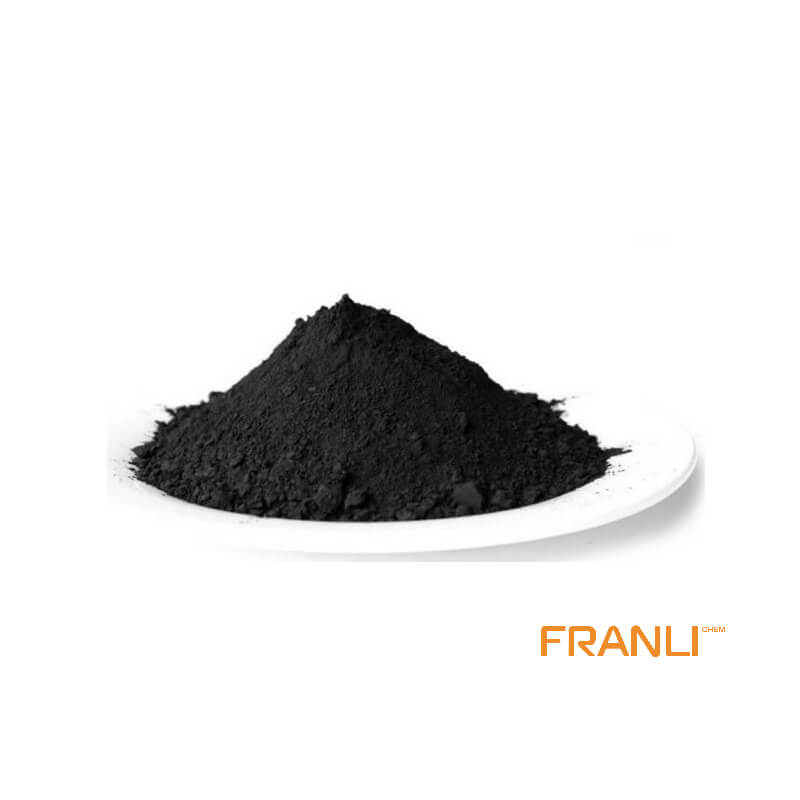Graphite Nanoplatelets
Size
50um/20um/10um
Package
According to customer requirements
Features
High strength, high electrical conductivity, etc.
Application
Can be used as filler(between 0.01% and 5%).
GN(Graphite Nanoplatelets) has excellent properties, such as mechanical properties, lubrication properties and electrical conductivity. It has large diameter thickness ratio, small size and nano thickness, so it is easy to form a good composite with polymer materials. Therefore, it can be used as a modifier in rubber, lubricating oil, polymer and other materials to improve the mechanical properties, lubricating properties and electrical conductivity of the base materials.
Request a quote
Graphite nano-platelets integrated into the medical surface can prevent infection. A cheap and feasible potential solution can kill 99.99% of the bacteria trying to attach, solve the problems affecting millions and improve the resistance to antibiotics. This is based on a study in the small journal by the Chalmers University of Technology in Sweden.

According to the European Center for disease prevention and control (ECDC), more than 4 million people in Europe are affected by infections infected in health care procedures every year. Many of these bacterial infections are bacterial infections that develop around medical devices and in vivo implants, such as catheters, hip and knee prostheses, or dental implants. In the worst case, the implant needs to be removed.
Such bacterial infection will bring great pain to patients and spend a lot of time and money on medical services. In addition, a large number of antibiotics are used to treat and prevent such infections and accelerate the development of antibiotic resistance.
The aim of this study was to develop an antibacterial surface that can reduce the number of infections and the subsequent demand for antibiotics, and bacteria cannot develop drug resistance. It has been shown that custom surfaces made of a mixture of polyethylene and graphite nanoplatelets can kill bacteria. Santosh Pandit, a postdoctoral researcher in the research team of Professor Ivan mijakovic, Department of systems biology, Department of biology and biotechnology, Chalmers University of technology.
Infection on implants is caused by bacteria that spread in the body (e.g. blood), which are looking for a surface to attach. When they land on a suitable surface, they begin to reproduce and form a biofilm bacterial coating.

Previous studies by Chalmers researchers have shown how vertical graphite nanoplatelets placed on the surface of implants form a protective coating so that bacteria cannot adhere, just like the spikes used to prevent birds from nesting on buildings. Graphene flakes destroy cell membranes and kill bacteria. However, the production of these graphene sheets is expensive and is currently not feasible for large-scale production.
The same excellent antibacterial effect has been achieved, but relatively cheap graphite nanoplatelets are used and mixed with very versatile polymers. This polymer or plastic is not compatible with the graphite nanoplatelets itself, but through the standard plastic manufacturing technology, we have successfully adjusted the microstructure of the material to make it have a fairly high filling amount, so as to achieve the expected effect. Now, it has great potential in many biomedical applications.
Nanosheets on the surface of implants can prevent bacterial infection, but it is essential that they do not damage healthy human cells. Human cells are about 25 times the size of bacteria, so although graphite nanoplatelets can cut and kill bacteria, they hardly scratch human cells.
In addition to reducing patient pain and the need for antibiotics, such implants can also reduce the need for follow-up work because they remain in the body longer than they are currently used. Research may also help reduce the huge cost of health care services caused by such infections worldwide.
In this study, the researchers carried out experiments with different concentrations of graphite nanoplatelets and plastic materials. The composition of about 15% to 20% of graphite nanoplatelets has the greatest antibacterial effect – providing a highly structured morphology. As with previous studies, the decisive factor is the correct orientation and distribution of graphite nanoplatelets. They must be sorted precisely for the best results.




